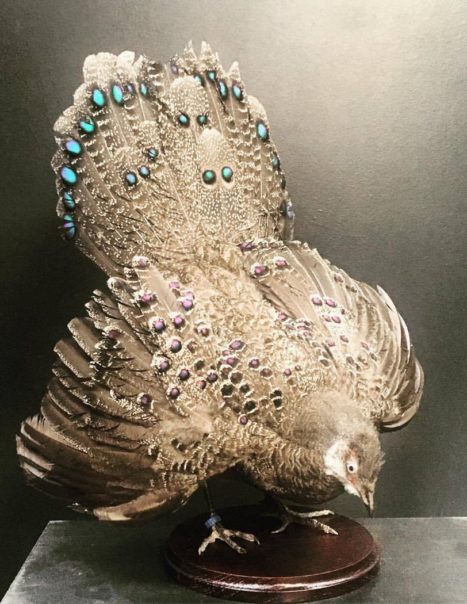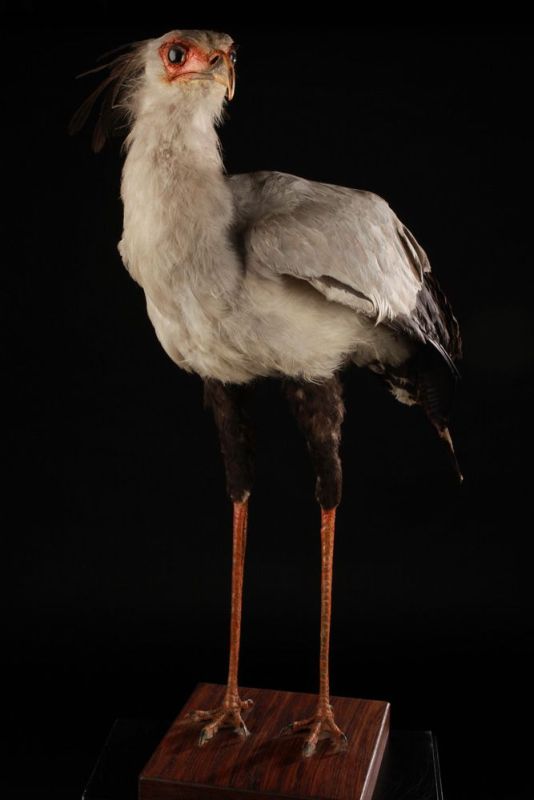Grey Peacock-Pheasant – Polyplectron bicalcaratum
Grey Peacock-Pheasant – Polyplectron bicalcaratum
This small pheasant belongs to the same subfamily as Argus, famous for its numerous ocelli. It owes its name to the presence in the male, two spurs on the posterior surface of the tarsu.
The male is recognizable by its gray-brown plumage finely mottled with dark gray, white and buff. In addition, it has beautiful blue-green metallic eyespots on the wings and the mantle. Each tail feather is marked by two large eyespots tinted purple metallic green. Cheeks and throat are white, gray erectile crest crown the top of the head.
Females are smaller and duller than males.
During the breeding season, you can hear its broadcasts at any time of the day, while the rest of the year, but favors dawn and dusk for its vocals. It frequents dense forests consist of evergreen trees, thick undergrowth, the thick bushes or clumps of bamboo. It is found in the forests formed by small trees that have colonized old rice terraces or old abandoned crops, sometimes in the virgin forests with ravines
This species lives in Asia, India, Bhutan in China, on Hainan Island in Laos, Vietnam, Cambodia, in the Himalayas. 5 subspecies is officially recognized.
Breeding season occurs in May and June, during the rainy season in which they join the more sheltered areas of the forest. The nest is located on land in the grass at the foot of a large bush or in a cavity in the dense undergrowth. Laying is two eggs. Incubation lasts 21 days.
Omnivorous, they eat seeds, berries, fruits and invertebrates, termites. When searching for food, this bird is slow, methodical and unobtrusive, almost silently. It quietly scratching the leaf litter with its paws and grabbed prey and updates.





